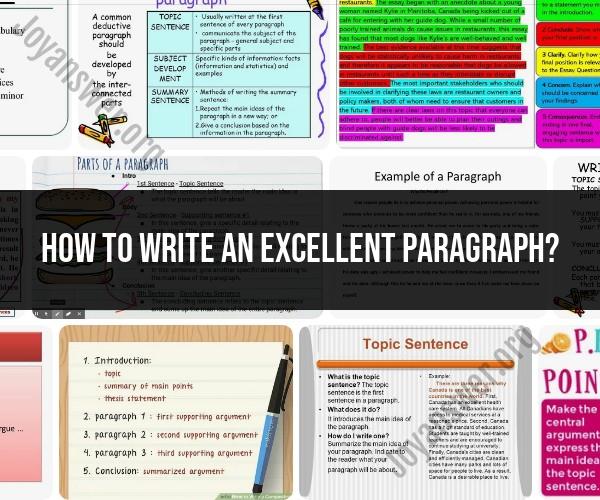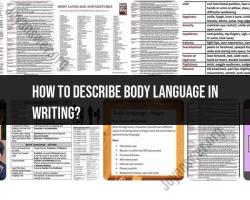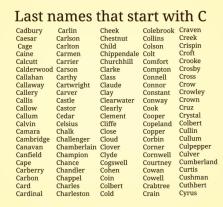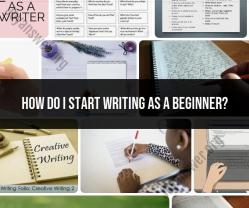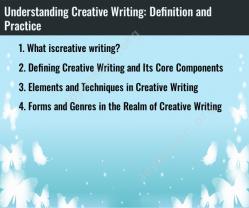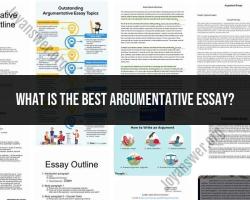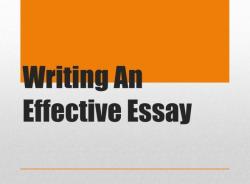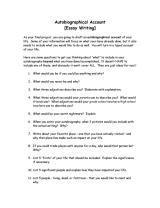How to write an excellent paragraph?
Writing an excellent paragraph is a fundamental skill in effective communication. A well-crafted paragraph conveys ideas clearly, logically, and engagingly. Here are some tips and techniques to help you write an excellent paragraph:
1. Start with a Clear Topic Sentence:
- Your topic sentence should introduce the main idea of the paragraph. It acts as a roadmap for the reader, letting them know what to expect.
2. Provide Supporting Details:
- Use the body of the paragraph to expand on the topic sentence with relevant details, examples, facts, or evidence.
- Arrange your supporting details logically, from the most important to the least important, or chronologically, depending on the purpose of the paragraph.
3. Stay Focused:
- Stick to one main idea in each paragraph. Avoid drifting off into unrelated topics.
4. Use Transitions:
- Transition words and phrases like "however," "in addition," "therefore," and "for example" help guide the reader through the paragraph and create coherence.
5. Be Concise and Clear:
- Avoid unnecessary wordiness. Use clear and concise language to convey your points.
- Use active voice to make your writing more direct and engaging.
6. Vary Sentence Structure:
- Mix up sentence lengths and structures to make your writing more interesting. Short, punchy sentences can add impact, while longer, complex sentences can provide depth.
7. Proofread and Edit:
- After writing, carefully proofread and edit your paragraph for grammar, punctuation, and spelling errors. Ensure it's polished and error-free.
8. Consider the Audience:
- Tailor your paragraph to your intended audience. Use appropriate tone and terminology, and consider what your readers know or need to know.
9. Revise and Rewrite:
- Good writing often involves multiple drafts. Don't be afraid to revise and rewrite your paragraph to improve clarity and coherence.
10. End with a Strong Conclusion:
- Conclude the paragraph by summarizing the main point or transitioning to the next point if you are writing a longer text.
- Leave the reader with something to think about or a call to action if appropriate.
11. Read Aloud:
- Reading your paragraph aloud can help you catch awkward phrasing, identify areas where clarity is lacking, and ensure the flow of your ideas.
12. Seek Feedback:
- Consider having someone else read your paragraph and provide feedback. A fresh set of eyes can spot issues you might have missed.
13. Practice:
- Writing is a skill that improves with practice. The more you write, the better you'll become at crafting excellent paragraphs.
Remember that excellent paragraphs contribute to well-structured essays, articles, reports, and any form of written communication. By following these tips and techniques, you can create paragraphs that engage and inform your readers effectively.
1. How to write an outstanding paragraph
To write an outstanding paragraph, you should:
- Choose a strong topic sentence. The topic sentence should state the main idea of the paragraph in a clear and concise way.
- Provide supporting details. The supporting details should provide evidence to support the topic sentence. These details can include facts, examples, statistics, and anecdotes.
- Organize your thoughts logically. The supporting details should be arranged in a logical order so that the reader can easily follow your train of thought.
- Use strong transitions. Transitions help to connect the supporting details and make the flow of the paragraph smooth and easy to read.
- Write in a clear and concise style. Avoid using jargon or overly complicated sentences.
2. Key elements of a well-structured paragraph
A well-structured paragraph has three main elements:
- Topic sentence: The topic sentence states the main idea of the paragraph.
- Supporting details: The supporting details provide evidence to support the topic sentence.
- Concluding sentence: The concluding sentence summarizes the main idea of the paragraph and leaves the reader with something to think about.
3. How to craft a topic sentence that engages readers
A good topic sentence should be both informative and engaging. It should clearly state the main idea of the paragraph, but it should also be interesting enough to grab the reader's attention.
Here are some tips for crafting a good topic sentence:
- Ask yourself what the main point of your paragraph is. What do you want the reader to learn by the end of the paragraph?
- Once you know the main point, write a sentence that clearly states it.
- Avoid using vague or clichéd language.
- Try to use specific and vivid language to engage the reader's attention.
4. Significance of supporting details in a paragraph
Supporting details are essential for writing a well-structured and convincing paragraph. Without supporting details, the reader will not be able to understand or accept the main idea of the paragraph.
Good supporting details are relevant, specific, and credible. They should be directly related to the topic sentence and should provide evidence to support it.
5. How to effectively conclude a paragraph to leave a lasting impression
The concluding sentence should summarize the main idea of the paragraph and leave the reader with something to think about. It should be strong and memorable, and it should leave the reader wanting more.
Here are some tips for writing a strong concluding sentence:
- Restate the main idea of the paragraph in a new and interesting way.
- Ask a question to make the reader think.
- Issue a challenge or call to action.
- Use a vivid image or metaphor to leave the reader with a lasting impression.
By following these tips, you can write outstanding paragraphs that will engage your readers and leave a lasting impression.
